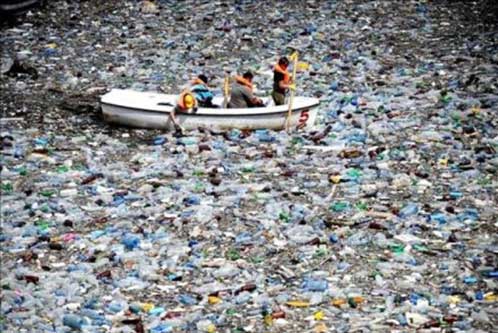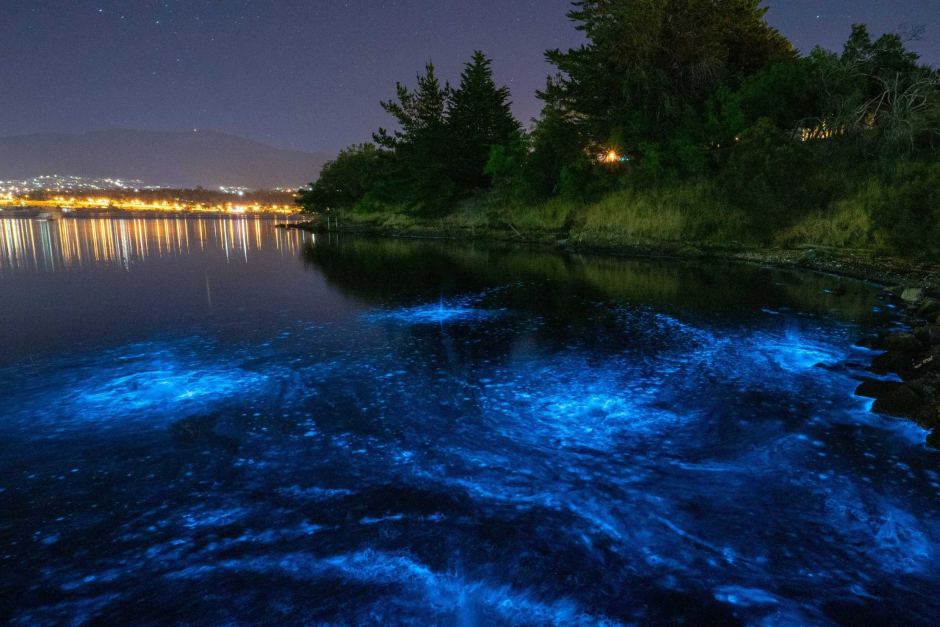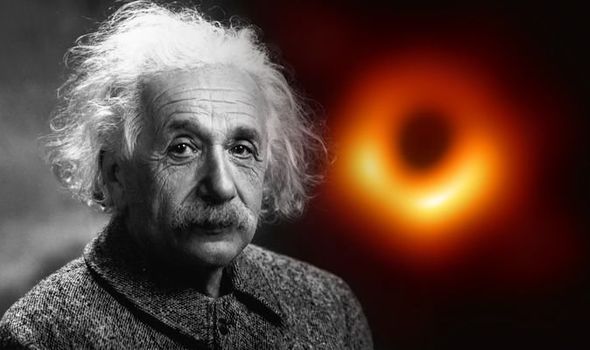The clear blue waters of the North Pacific Ocean are being choked by a giant floating island of rubbish. The shocking garbage dump dubbed the ‘Great Pacific Garbage Patch’ is located between the continents of North America and Asia, and is yet another piece of bad news in the fight against plastic pollution in our oceans.
It is estimated to cover an area of more than 1 million square kilometres, that’s an area as big as South Australia!
It takes between 1 and 6 years for a piece of rubbish to be carried by ocean currents from the coast of North America or Asia to join the Great Pacific Garbage Patch. (Because of the circular movement of ocean currents, once it has reached this area, it doesn’t move much further.
It is estimated that 80% of the garbage comes from land, and 20% from ships at sea. The vast majority of the rubbish is plastic. The plastic does not break down chemically, however it does break down physically, into smaller and smaller pieces, known as ‘microplastics’. It is however, still plastic, and now in a size where it can be eaten by all manner of aquatic animals, such as birds, turtles, or fish. Larger animals may eat smaller animals that have eaten plastic – and so it moves through the food chain, potentially ending up on your dinner plate, and causing sickness and death to many animals along the way.
Fortunately, one organisation is hard at work on a solution to this serious problem. The Ocean Clean Up was founded in 2013 by Dutch inventor Booyan Slat at just 18 years of age. Now, seventy scientists, researchers and engineers are busy developing the technology and the plans to begin the enormous task of removing thousands of tonnes of rubbish from our oceans. They hope to get started later this year.




